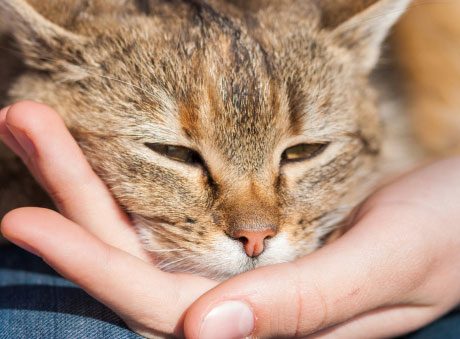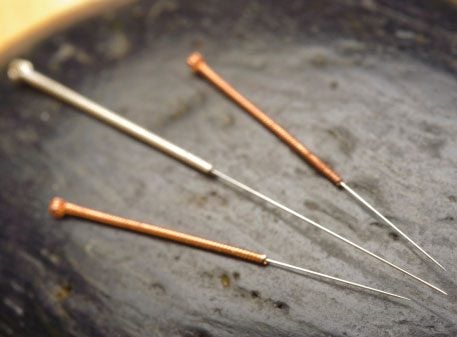
Healing Therapies
Is your cat or dog suffering from an ailment? Well, pets can benefit from a range of alternative treatments that humans also use. Here are four to consider.

Chiropractic Therapy
This therapy helps restore proper mobility of the joints and spine. “The vet runs her fingers down the animal’s spine to feel where it’s out of alignment,” explains Dr. Linda Hamilton, of Natural Healing Veterinary Care in Winnipeg. The vet then makes an adjustment as needed. This therapy especially helps with problems such as hip dysplasia and degenerative joint disease.

Massage Therapy
Margaret Clark of Wings Equine & Canine Massage in Abbotsford gives dogs a sports massage. This improves circulation, boosts an immune system and makes the coat shiny. She massages the whole animal, explaining that “if it’s the left front leg that’s sore, quite often the right hind leg needs the massage the most.” It’s great for dogs suffering from arthritis, stiffness and muscle cramps, or those recovering from surgery.

Homeopathy Therapy
“Rather than treating a specific disease or body part, I’m treating the whole animal,” explains Vancouver’s “The Roving Vet,” Dr. Shulamit Krakauer. So if your dog gets chronic diarrhea, she’ll ask about his health history; perhaps the dog also had itchy skin or ear infections, or he eats dirt. “These may be manifestations of a chronic immune imbalance,” she says. In this holistic therapy, the vet prescribes a remedy of tiny doses of a natural substance, given in pellet form. This treatment is said to stimulate the body’s own healing powers.

Acupuncture Therapy
Vets insert fine needles into specific spots on the body to stop pain, stimulate body flow and release brain chemicals that promote well-being. Hamilton says that while animal acupuncture points are similar to those on humans, “there are some anatomical differences.” This therapy works well for musculoskeletal problems such as knee pain and neurological troubles such as spinal injuries. If the animal won’t sit still, Hamilton uses an infrared device instead of needles to activate the acupuncture points.
This article was originally in the May 2009 issue of Reader’s Digest. Subscribe today and never miss an issue!